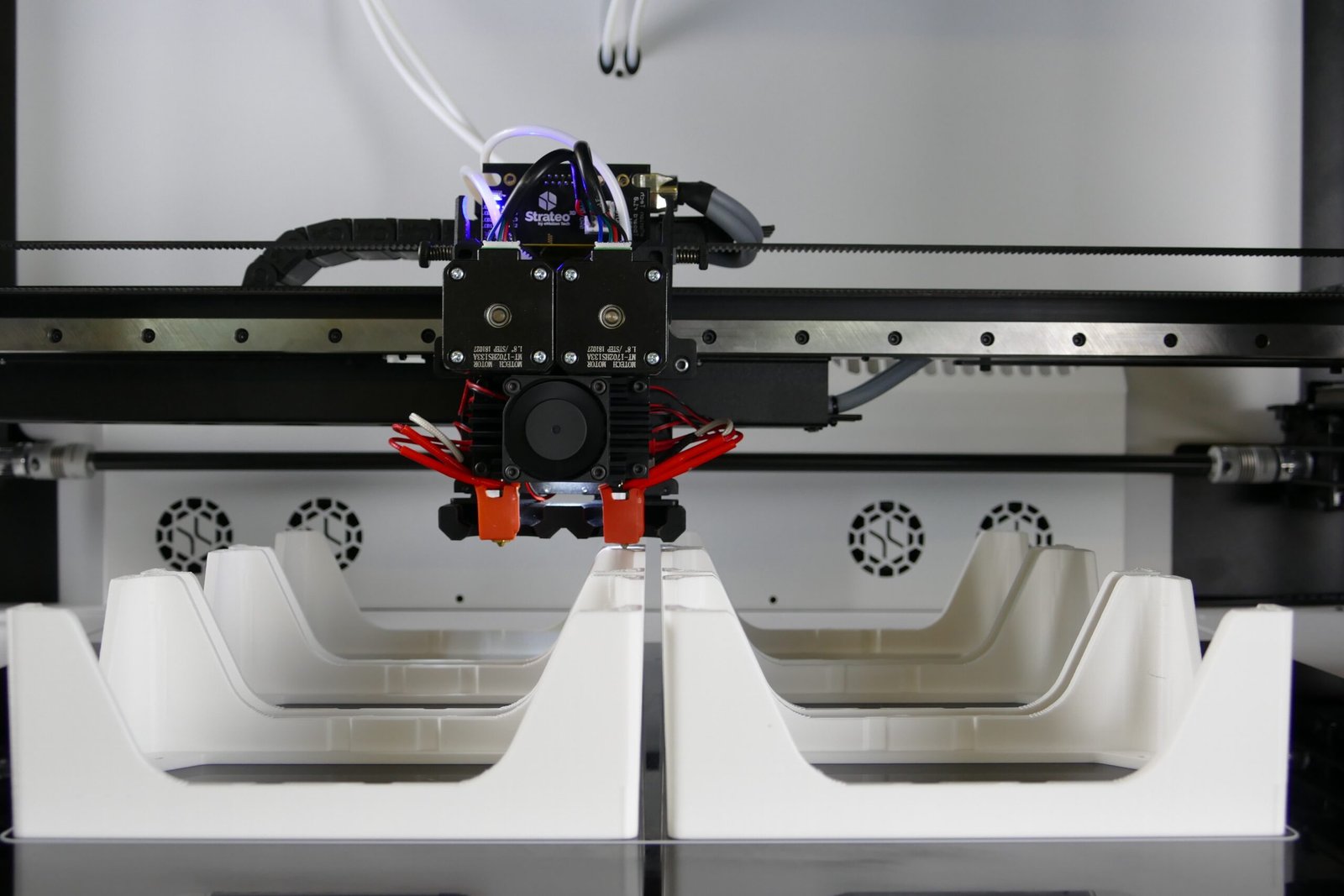In the world of manufacturing, efficiency is key. And when it comes to efficiency, additive manufacturing (AM) is taking the industry by storm. Unlike traditional subtractive manufacturing methods, which involve cutting away material from a larger piece, AM builds objects layer by layer using a digital design. This innovative approach offers numerous advantages over older methods, making it the go-to choice for many industries.
One of the biggest advantages of AM is the reduction in material waste. Subtractive manufacturing often leaves behind a significant amount of wasted material, as excess material is cut away. With AM, only the necessary amount of material is used, significantly reducing waste and lowering production costs. This not only benefits the environment but also allows manufacturers to create more complex and intricate designs that were previously impossible or impractical.
Another key advantage of AM is the speed of production. Traditional manufacturing methods can be time-consuming, requiring multiple steps and processes. In contrast, AM is a highly automated process that can produce objects in a fraction of the time. This increased speed allows for faster prototyping and product development, giving manufacturers a competitive edge in the market.
Furthermore, AM offers unparalleled design flexibility. Traditional manufacturing often imposes limitations on design due to the constraints of the machining process. With AM, complex geometries and intricate details can be easily achieved, opening up a world of possibilities for designers and engineers. This flexibility also enables rapid iteration and customization, allowing manufacturers to quickly adapt to changing customer demands.
AM also has the potential to revolutionize supply chains. By utilizing digital files and 3D printers, manufacturers can produce objects on-demand, eliminating the need for large inventories and reducing lead times. This on-demand production model not only saves costs but also allows for more efficient use of resources and reduces the risk of obsolete inventory.
As the benefits of AM become more widely recognized, its adoption is rapidly increasing across industries. From aerospace and automotive to healthcare and consumer goods, companies are embracing this revolutionary manufacturing method to improve efficiency, reduce costs, and unlock new design possibilities. With its ability to reduce waste, increase speed, offer design flexibility, and revolutionize supply chains, AM is undoubtedly the future of manufacturing.
